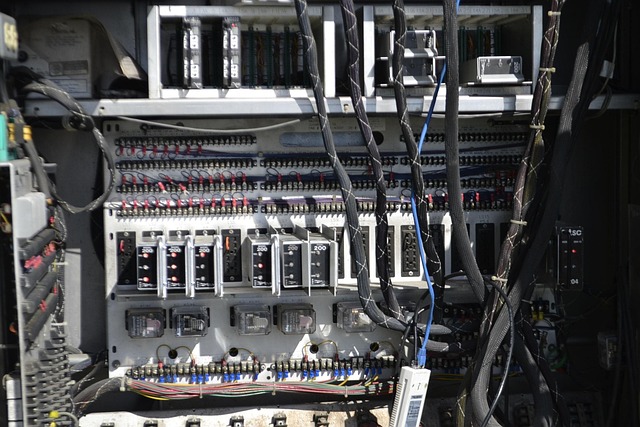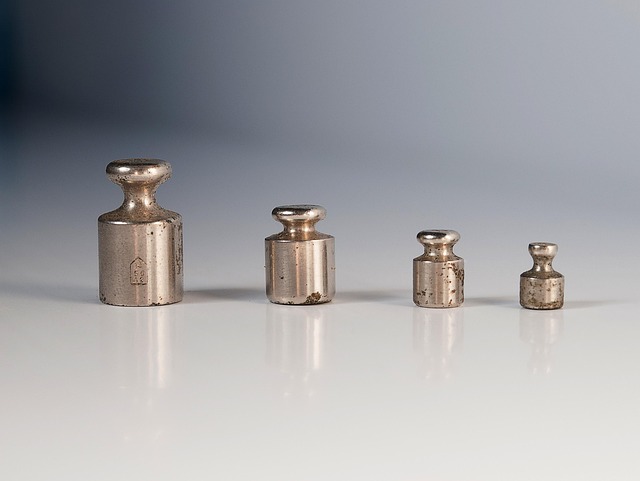Virtual reality, augmented reality, and the emerging metaverse are redefining how we interact with digital worlds. As these technologies mature, the quality of the experience depends not only on visual fidelity and latency but also on the ability of the hardware to suppress unwanted acoustic and electromagnetic disturbances. Noise filtering in VR AR and Metaverse hardware is becoming a critical engineering discipline, as even subtle artifacts can break immersion or cause discomfort. This article explores the sources of noise in immersive systems, why they matter, and how designers are tackling them through both hardware and algorithmic innovations.
Sources of Noise in Immersive Devices
Noise can arise from many parts of a VR or AR headset. Mechanical vibrations generated by motors and fans can leak into the audio channel or distort motion sensors. Electromagnetic interference from power supplies and internal buses can corrupt sensor data. Even the user’s own movements can introduce motion blur or sensor jitter. In addition, environmental noise—crowd chatter, traffic, or building HVAC systems—can seep into the headset’s microphones or cause crosstalk in the audio playback. Each of these disturbances requires specific filtering strategies to maintain a seamless experience.
- Mechanical vibration from cooling fans or servo motors.
- Electromagnetic coupling between high‑current traces and analog front ends.
- Microphone pick‑up of ambient sounds.
- Signal aliasing due to insufficient sensor sampling rates.
Why Noise Filtering Matters for Immersion
When a user looks around a virtual environment, the brain expects visual and auditory cues to be tightly synchronized. A lag of just 20 ms or a slight pitch shift in spatial audio can break the illusion and trigger motion sickness. Similarly, inaccurate head‑tracking due to noisy inertial measurement units (IMUs) leads to visual drift or latency spikes. Noise filtering, therefore, is not a peripheral concern but a central pillar of user comfort and realism. By reducing spurious data, designers can lower the required safety margins and allow more aggressive hardware choices, such as higher refresh rates or lighter weight materials.
“A system that delivers clean, low‑latency signals is the foundation of a convincing metaverse experience.”
Hardware Approaches to Noise Suppression
In the design phase, engineers employ a combination of shielding, component selection, and layout techniques to mitigate noise at its source. Copper or aluminum enclosures act as Faraday cages, blocking electromagnetic radiation. Dedicated low‑noise power regulators with high‑bandwidth filtering stages prevent ripple from reaching analog circuits. Placing motion sensors away from heat sources and high‑current traces reduces thermal and magnetic coupling. On the mechanical side, vibration isolation pads and rubber grommets dampen resonances that could otherwise be transmitted to the audio pathway or IMU sensors.
- Use of low‑noise linear regulators for sensor power rails.
- Implementation of differential signal routing for critical analog traces.
- Incorporation of MEMS vibration sensors to actively cancel resonances.
Digital Filtering Techniques
Even with meticulous hardware design, residual noise persists. Digital filters—implemented in firmware or on dedicated signal processors—are the next line of defense. Finite impulse response (FIR) filters provide linear phase characteristics ideal for audio, while infinite impulse response (IIR) filters offer efficient low‑order solutions for sensor data. Adaptive filtering algorithms, such as the least mean squares (LMS) or recursive least squares (RLS), adjust coefficients in real time to track non‑stationary disturbances, a common scenario in mobile AR applications.
- Audio decoupling: applying a low‑pass FIR filter to eliminate high‑frequency hiss.
- Motion data smoothing: using a complementary filter to blend gyroscope and accelerometer readings while rejecting sensor bias.
- Microphone array beamforming: exploiting spatial filtering to suppress off‑axis ambient noise.
Case Study: Noise Filtering in a Next‑Gen AR Headset
One leading AR company recently introduced a lightweight visor that claims a 40 % reduction in perceived background noise. The secret lies in a multi‑stage filtering pipeline. First, a custom low‑noise microphone array employs time‑difference‑of‑arrival (TDOA) algorithms to localize sound sources. Second, a real‑time adaptive LMS filter removes hiss and hum from the raw microphone streams. Finally, the processed audio is routed through a hardware‑accelerated 3D audio engine that applies spatial cues with sub‑millisecond latency. Users report that the virtual characters sound as if they are physically present, even in a bustling coffee shop.
Future Directions in Noise Filtering
As immersive systems become more compact and wireless, new challenges will emerge. Power constraints limit the complexity of digital filters, prompting research into hybrid analog‑digital architectures that combine low‑power analog front ends with efficient digital post‑processing. Machine‑learning models trained on vast datasets of sensor noise are also gaining traction; these models can predict and cancel interference patterns that are difficult to capture with traditional linear filters.
- Hybrid analog‑digital adaptive filters for ultra‑low‑power scenarios.
- Deep neural networks for real‑time noise prediction and cancellation.
- Integration of optical motion tracking to reduce reliance on noisy inertial sensors.
Impact on User Health and Safety
Beyond immersion, effective noise filtering plays a vital role in safeguarding users. Excessive vibration can lead to sensor fatigue, while unfiltered electromagnetic fields may contribute to discomfort or headaches. In head‑mounted displays that use active speakers or binaural audio, high‑frequency leakage can cause ear fatigue. By systematically applying noise suppression techniques across mechanical, electrical, and acoustic domains, designers can minimize adverse effects and comply with health‑and‑safety regulations.
Standards and Compliance
Industry bodies such as the IEEE and the International Electrotechnical Commission (IEC) are developing guidelines for electromagnetic compatibility (EMC) and acoustic performance in wearable electronics. Compliance with these standards ensures that VR AR and metaverse hardware can be safely deployed in a variety of environments—from gaming lounges to industrial training simulators. Manufacturers must document noise filtering strategies and demonstrate that they meet specified thresholds for electromagnetic emissions and acoustic noise levels.
Design Recommendations for Engineers
To implement robust noise filtering in immersive systems, engineers should follow a structured approach:
- Identify the dominant noise sources early in the design cycle through simulation and prototype testing.
- Select components with proven low‑noise specifications, and apply shielding and grounding best practices.
- Design digital filter stages that balance performance with power consumption, considering the device’s target use case.
- Validate filtering effectiveness with end‑to‑end tests that mimic real‑world operating conditions.
- Iterate on the algorithmic models using real user data to capture edge cases and improve robustness.
Closing Thoughts
Noise filtering is no longer a peripheral concern in the rapidly evolving world of VR, AR, and the metaverse. It sits at the intersection of hardware design, signal processing, and human‑centered experience engineering. By integrating mechanical isolation, electromagnetic shielding, and sophisticated digital algorithms, developers can create devices that deliver crisp visuals, realistic audio, and accurate tracking—all while keeping users comfortable and safe. As the technology matures, continued innovation in noise suppression will be a key differentiator, shaping the next generation of immersive experiences.




